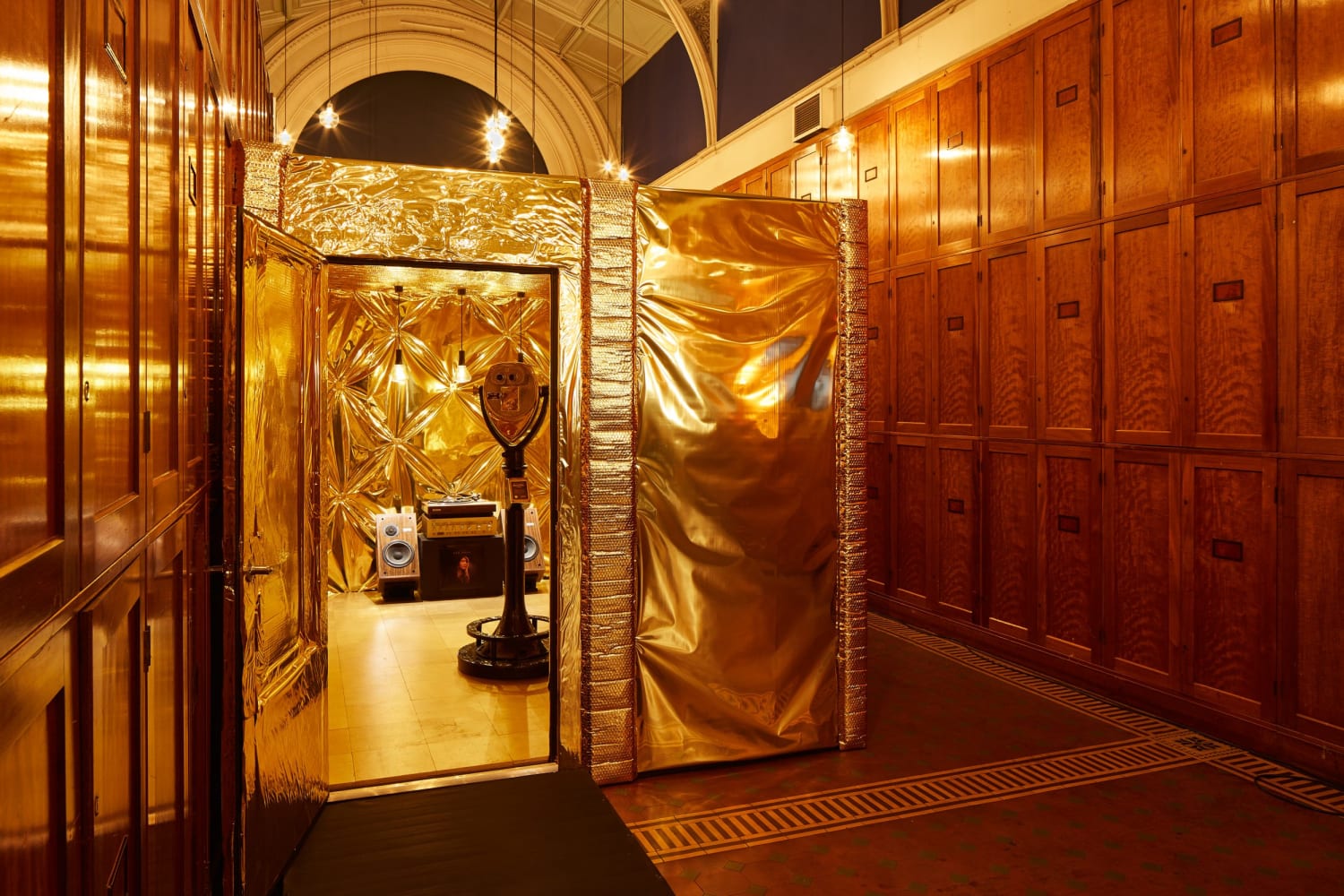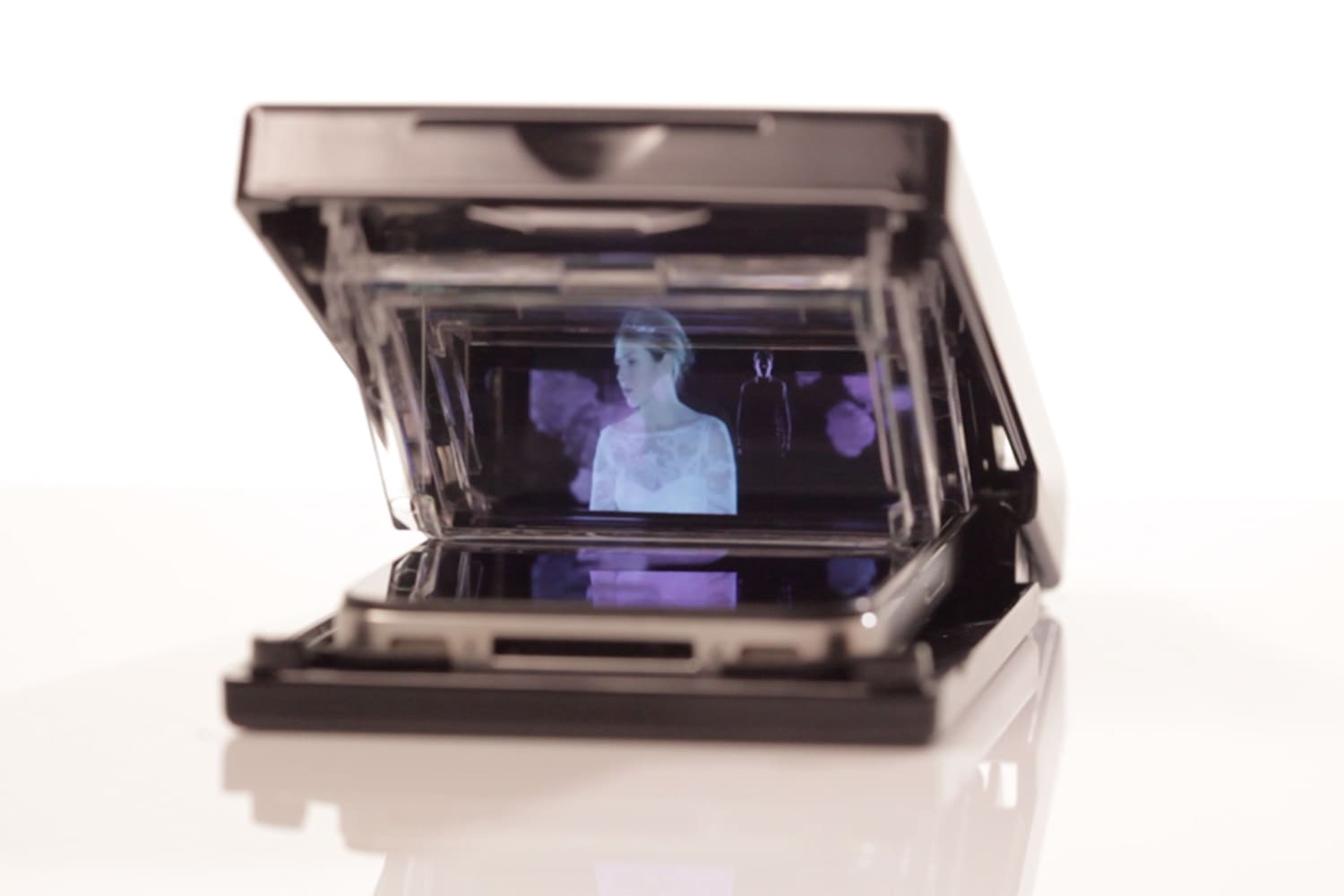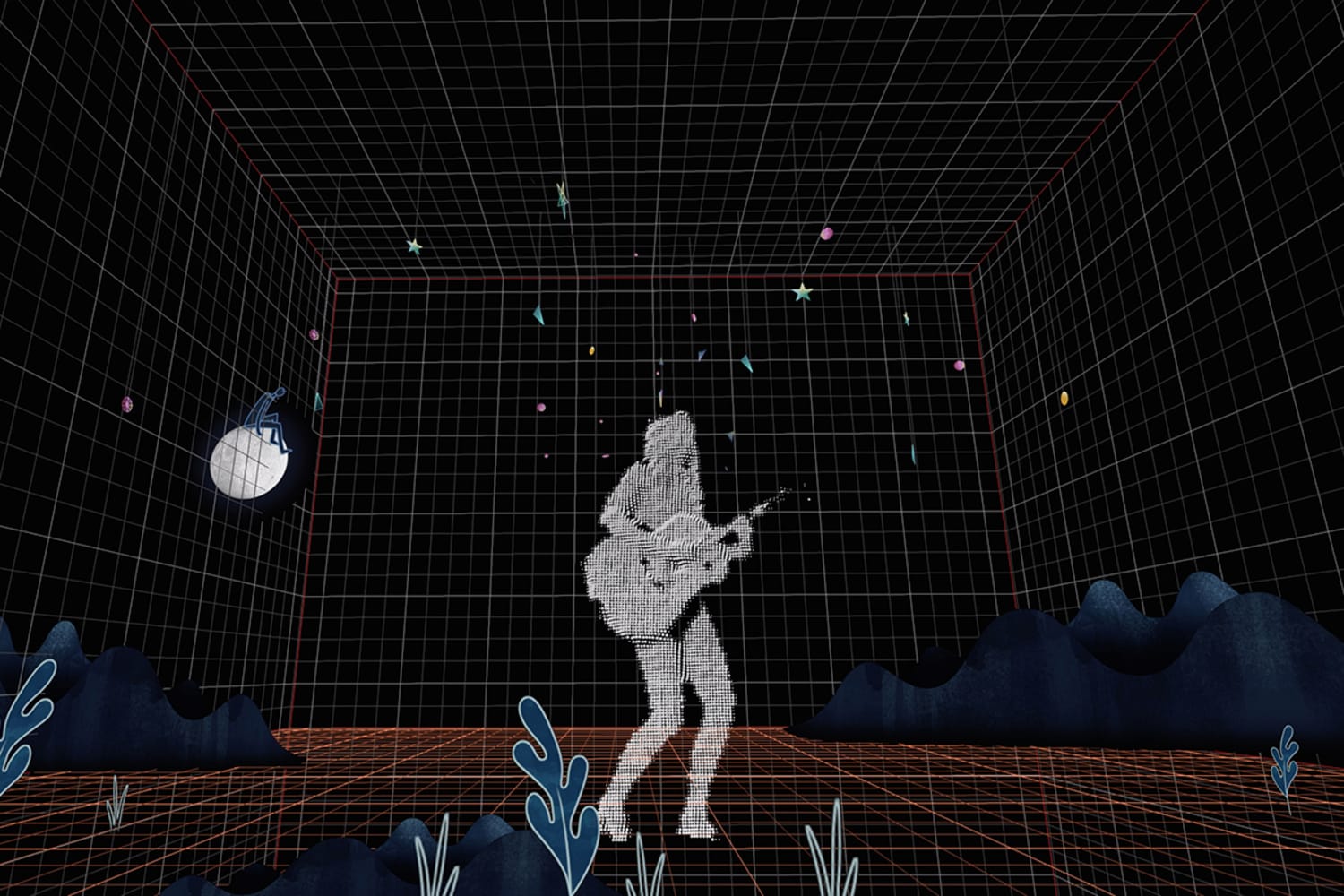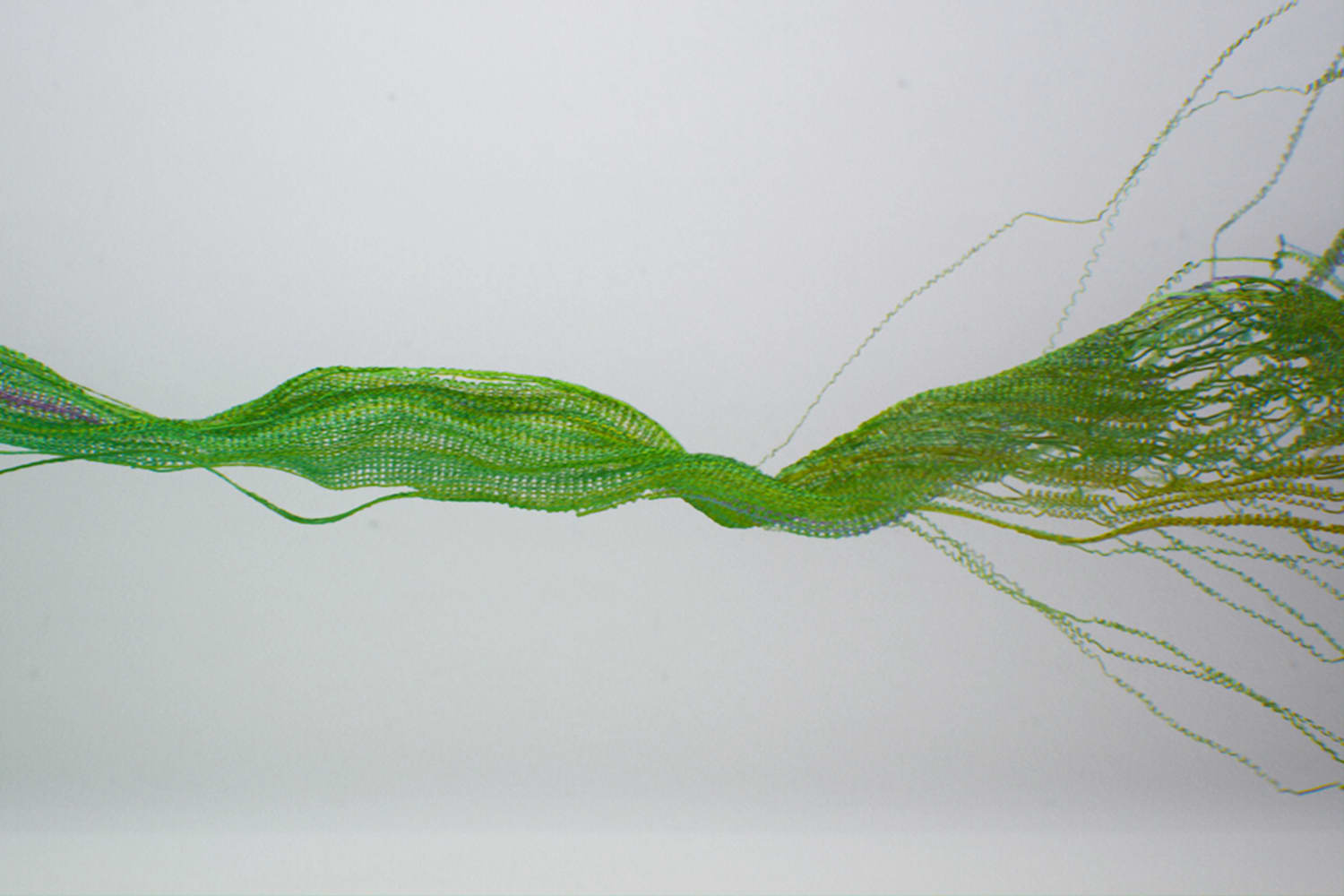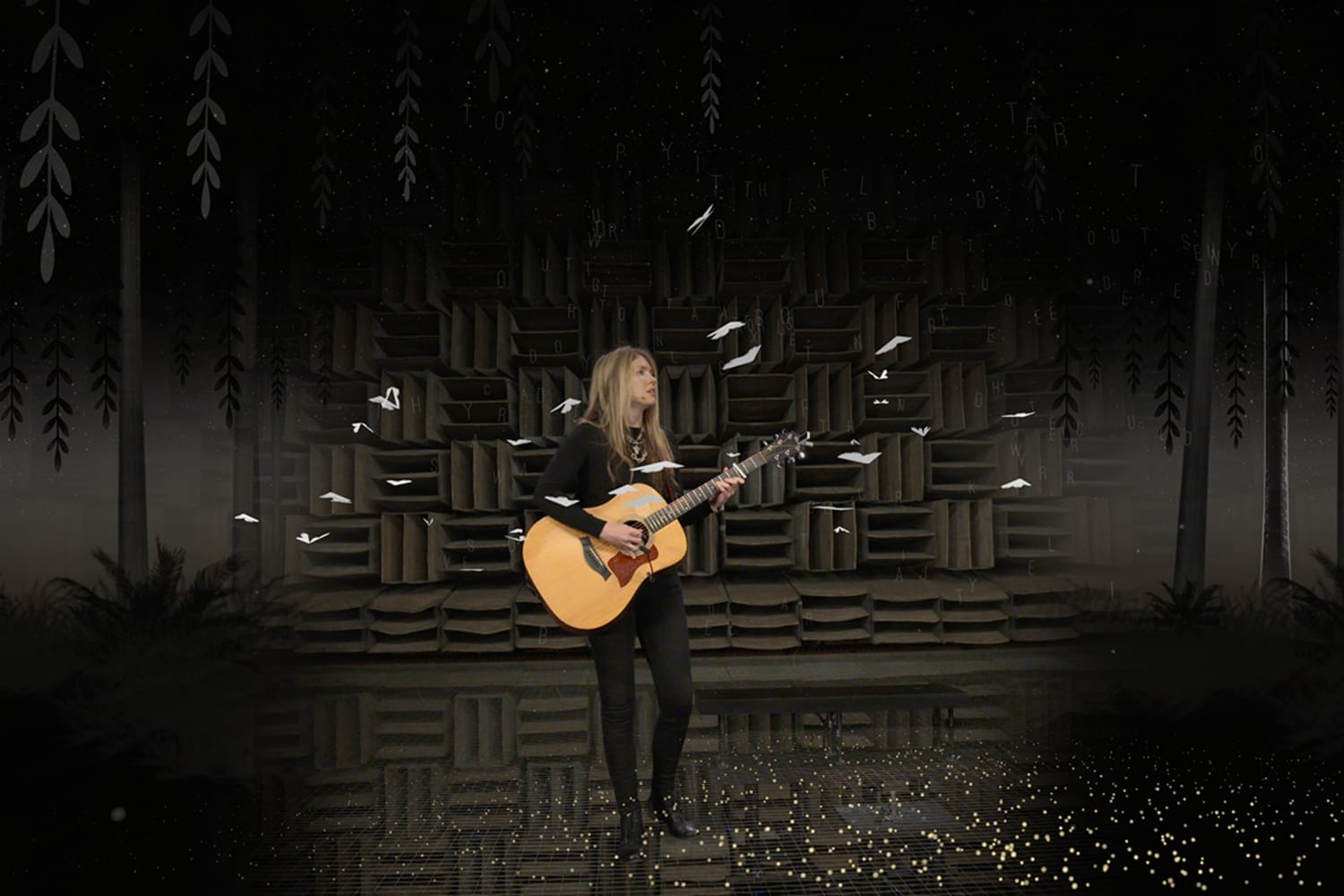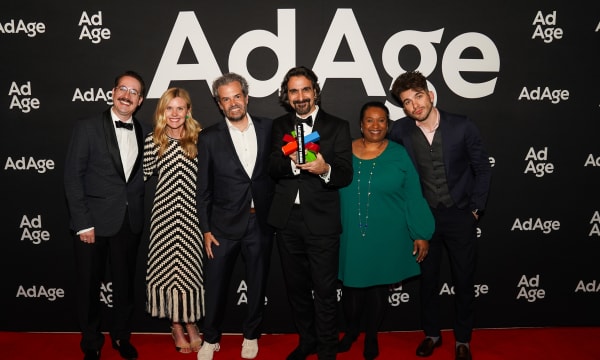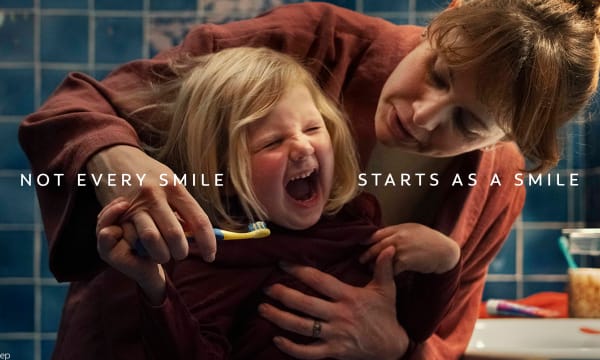You’ve spoken before about how technology can bring back components of music that are perhaps lost today—storytelling, ceremony and tangibility, to be precise. What it so important about those three elements? What do we lose as humans if some or any of these disappear from music? And why is this is so important to you?
I believe that these three things—storytelling, ceremony and tangibility—set the stage for the music and allow it to imprint, so that every one of these experiences becomes a part of who we are and what we carry with us. This doesn’t just apply to music but to everything and anything that helps to reconnect us with ourselves and one another. It’s these experiences that keep us alive inside. So the danger with the intangible (and everything bombarding us at this same frequency) is that nothing imprints.
Your essay ‘The Art of Imprinting in the Digital Age’ touches on how music can help people in difficult times. How do you think it can help us navigate these strange times we are in?
Hopefully by highlighting that there is so much around us (and at our fingertips) that offers inspiration, meaning, wonderment and that this is the perfect time to redefine what actually matters in our lives. So much external stimuli has been pulled away and, as difficult as it may be, I believe it’s an opportunity to reclaim our humanity and remember what may have gotten lost along the way. We have the power to enrich our own lives with depth and meaning via so many endangered experiences that help to keep us alive inside. It’s our choice.

